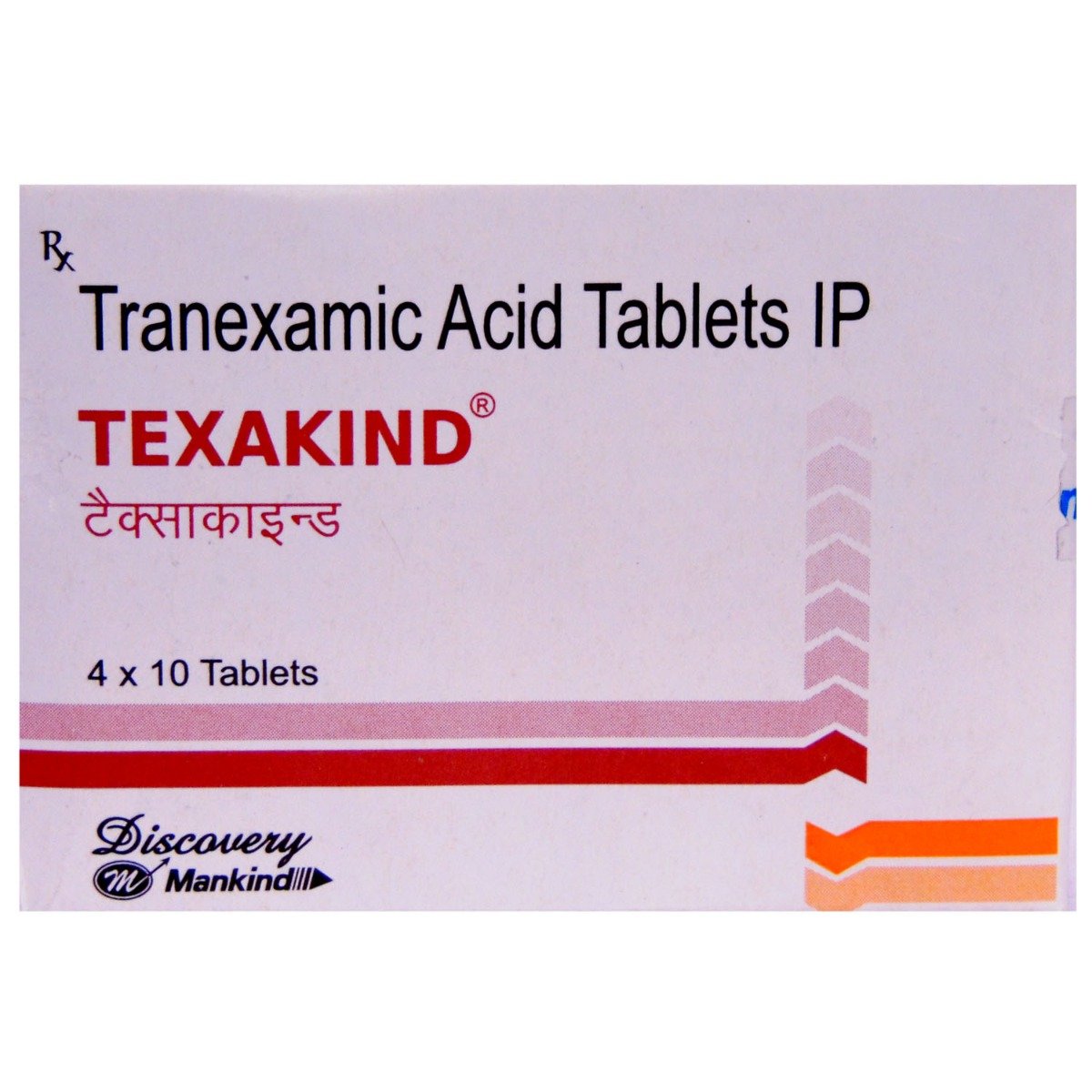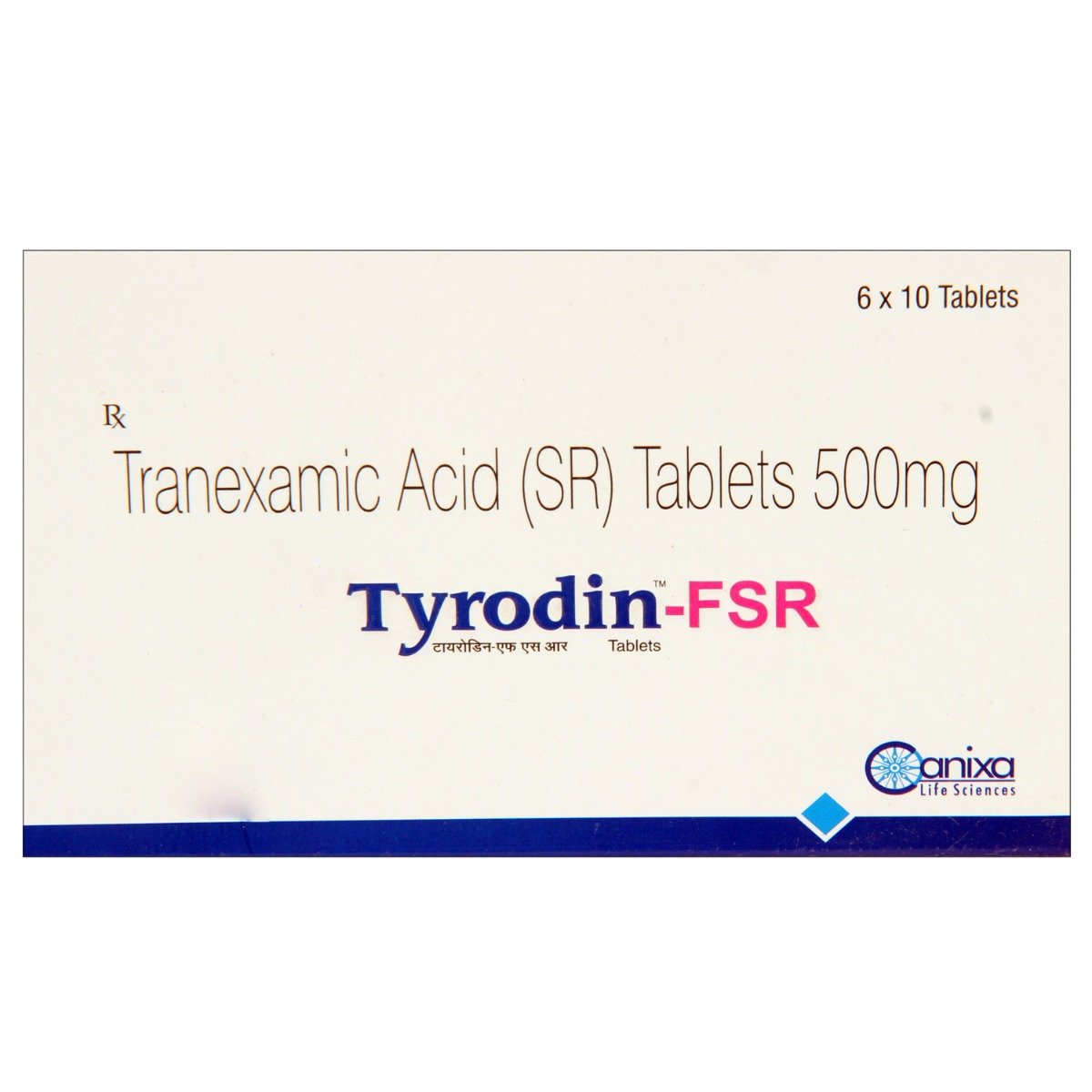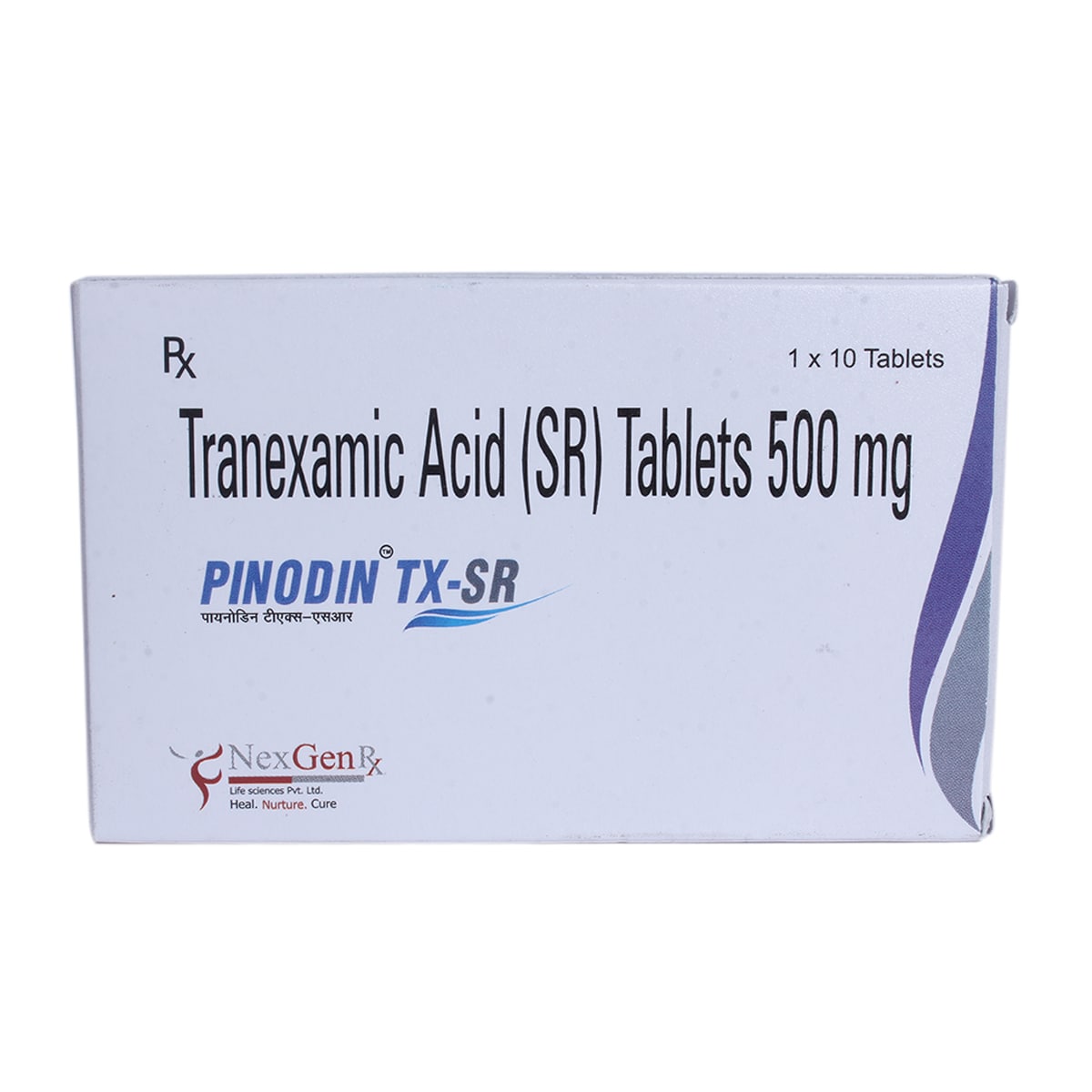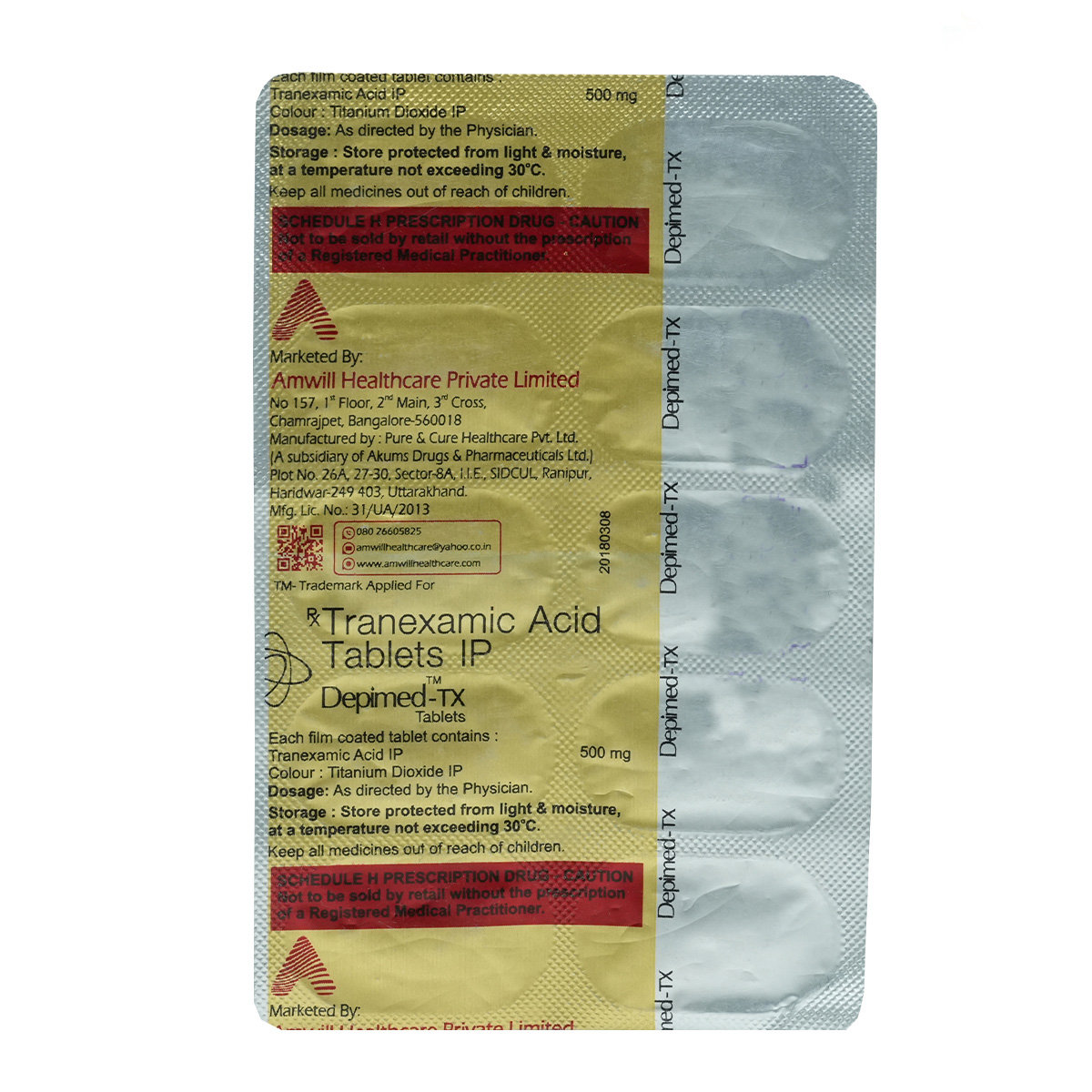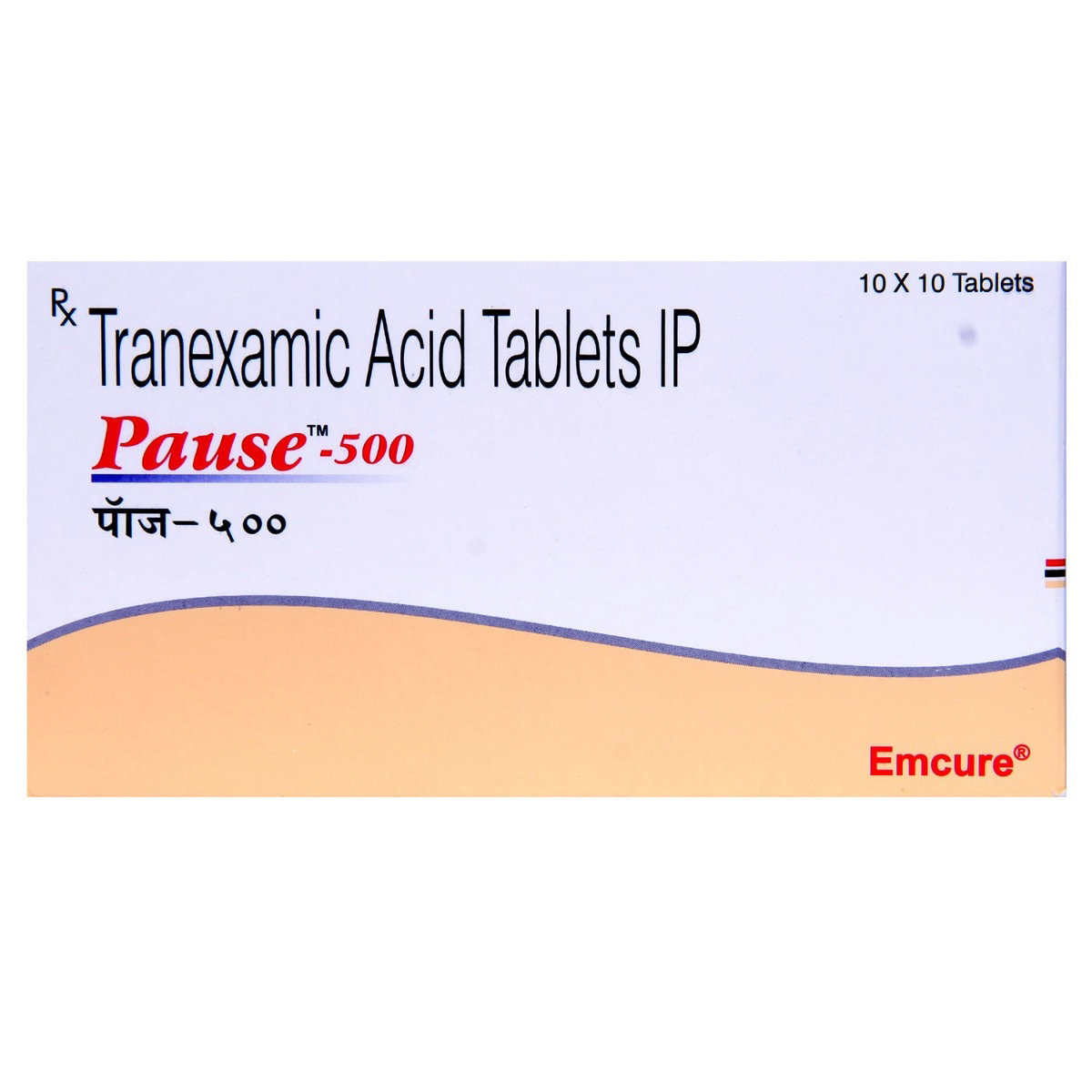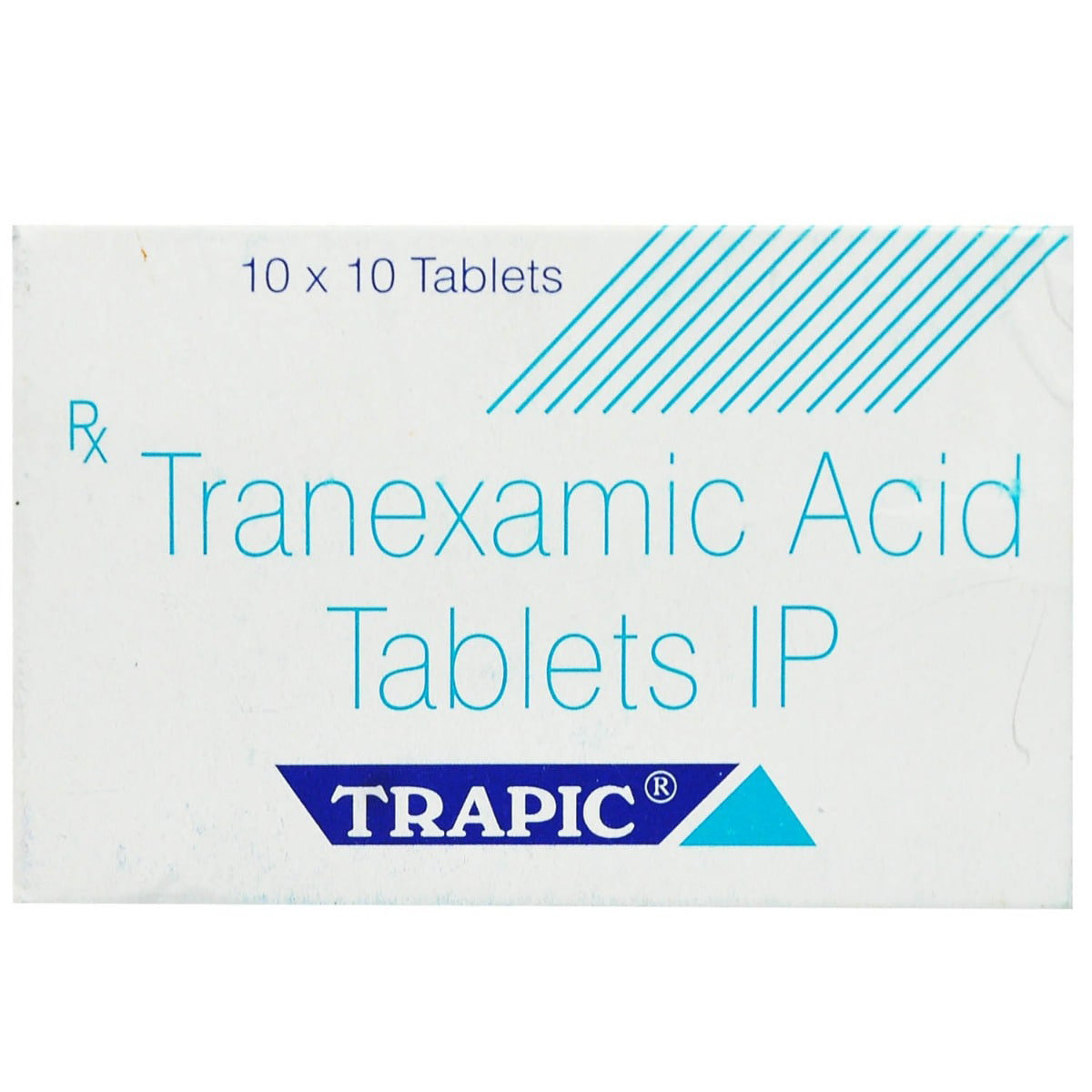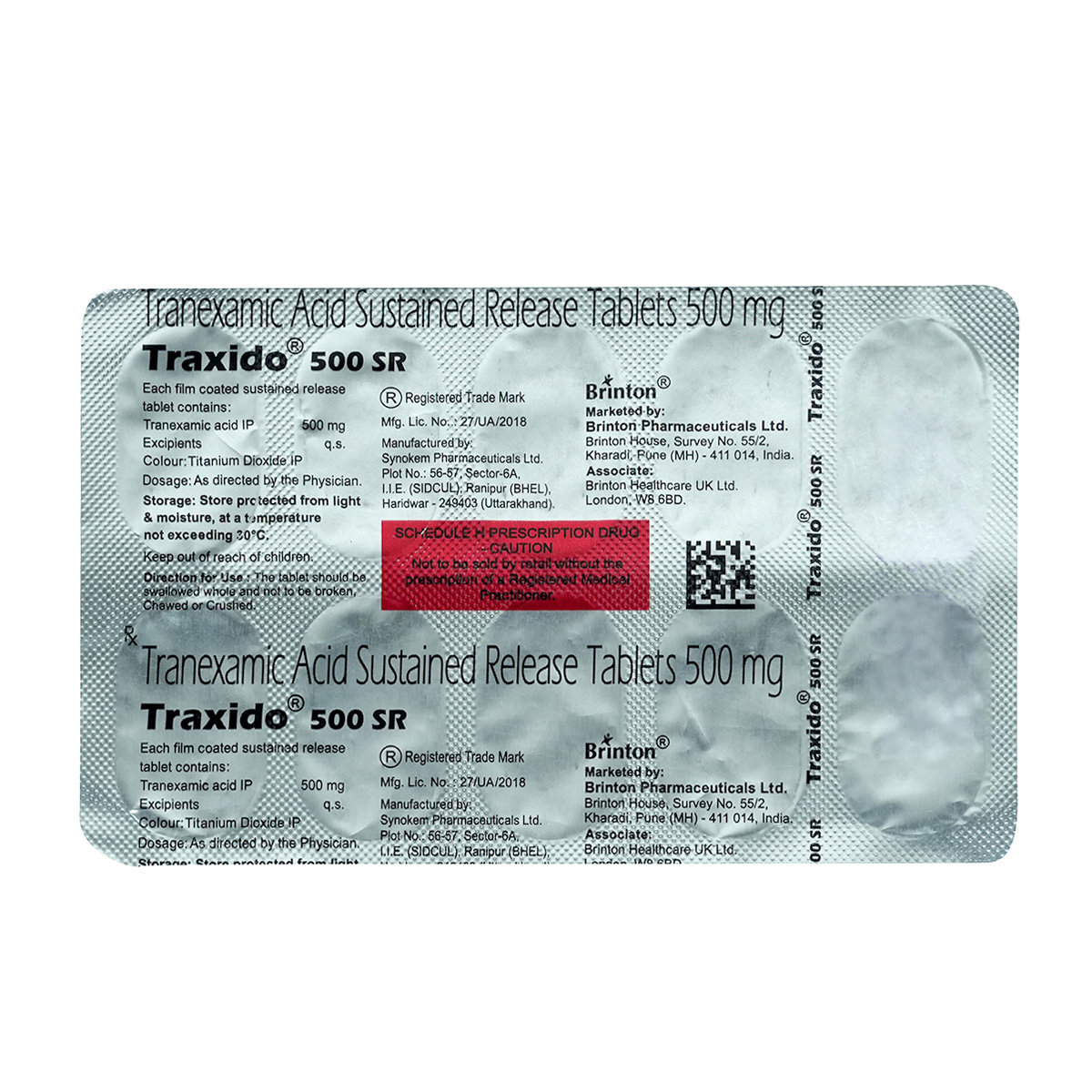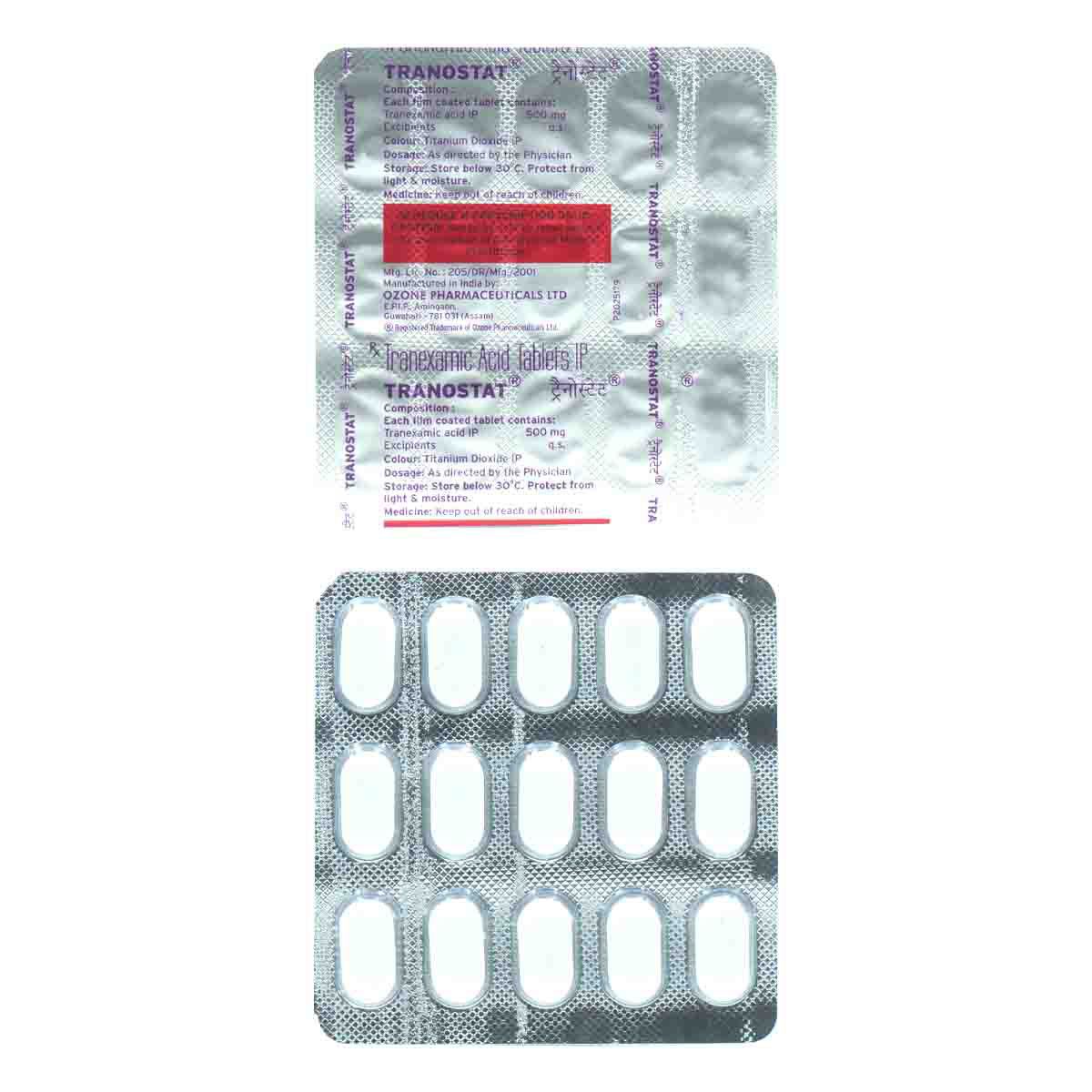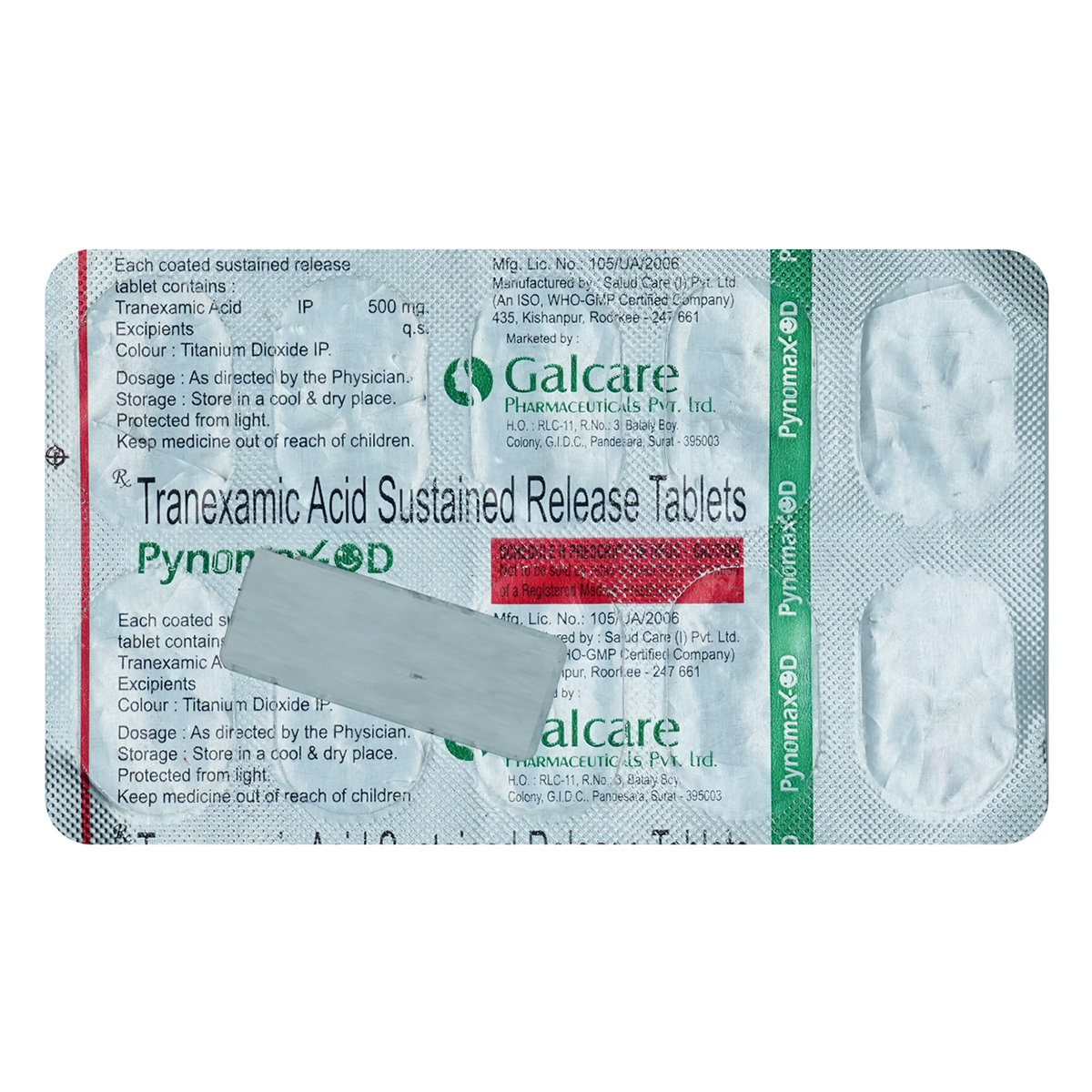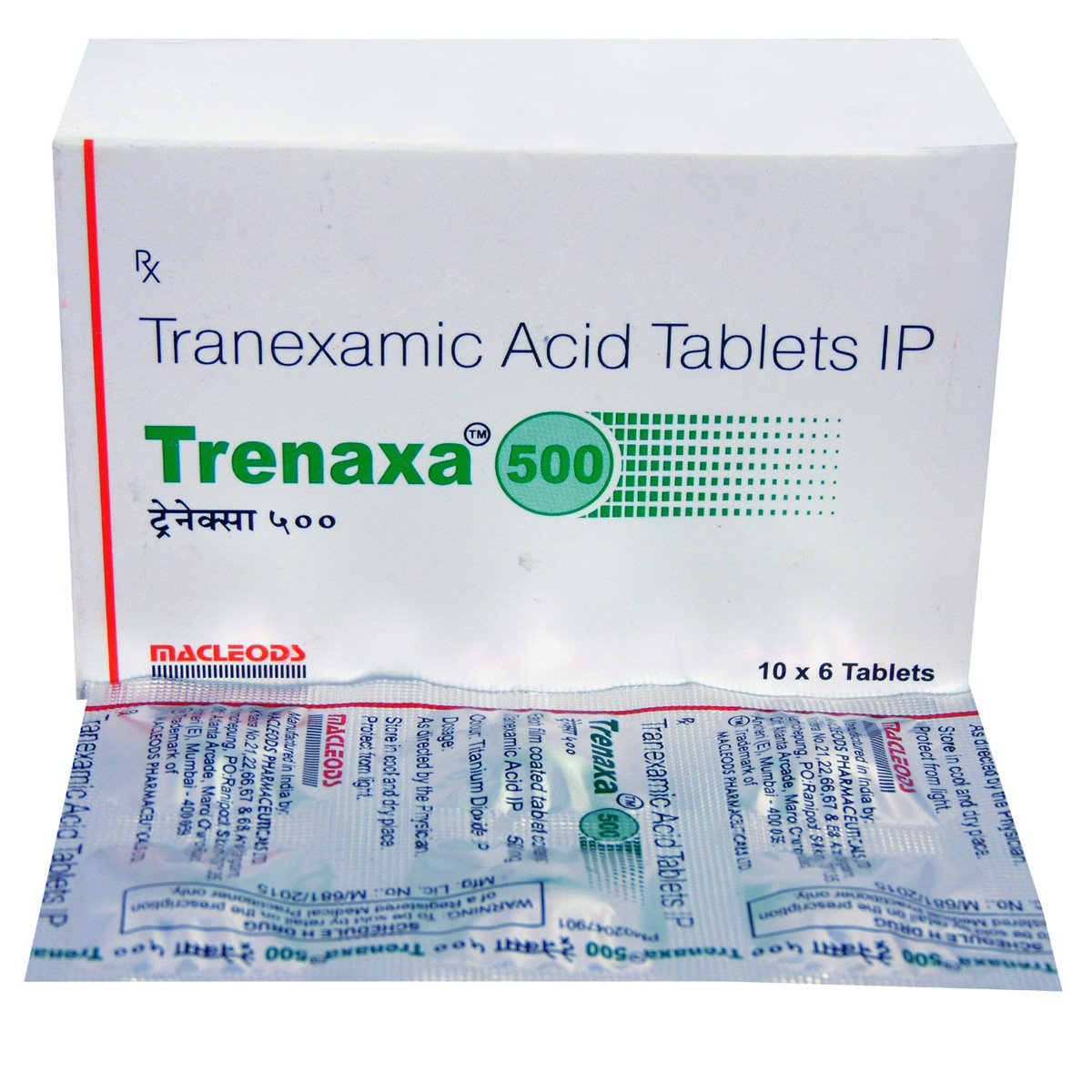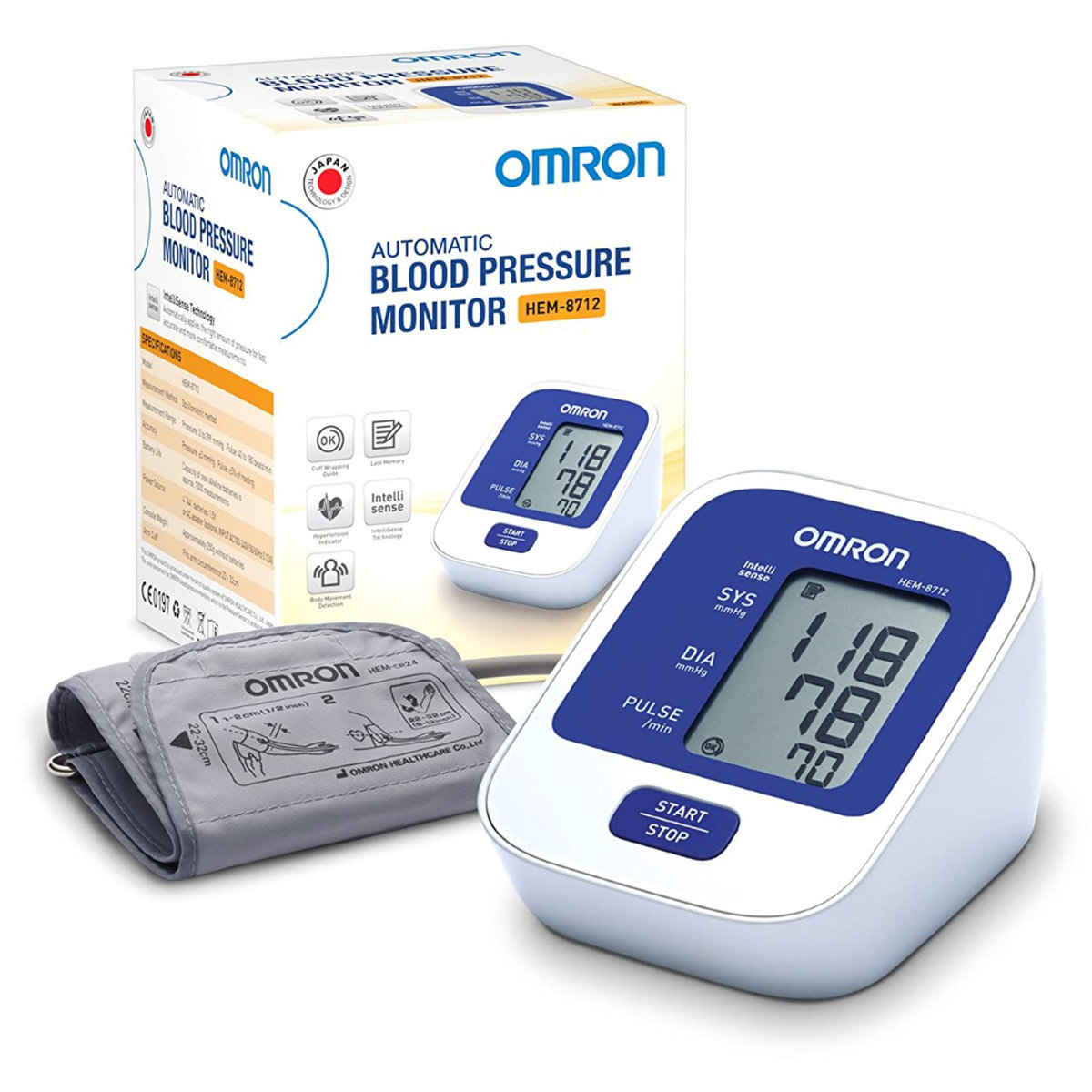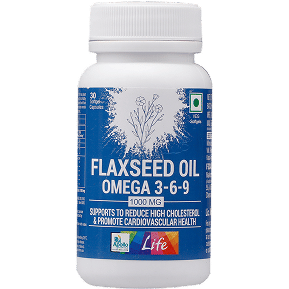Texid Tablet
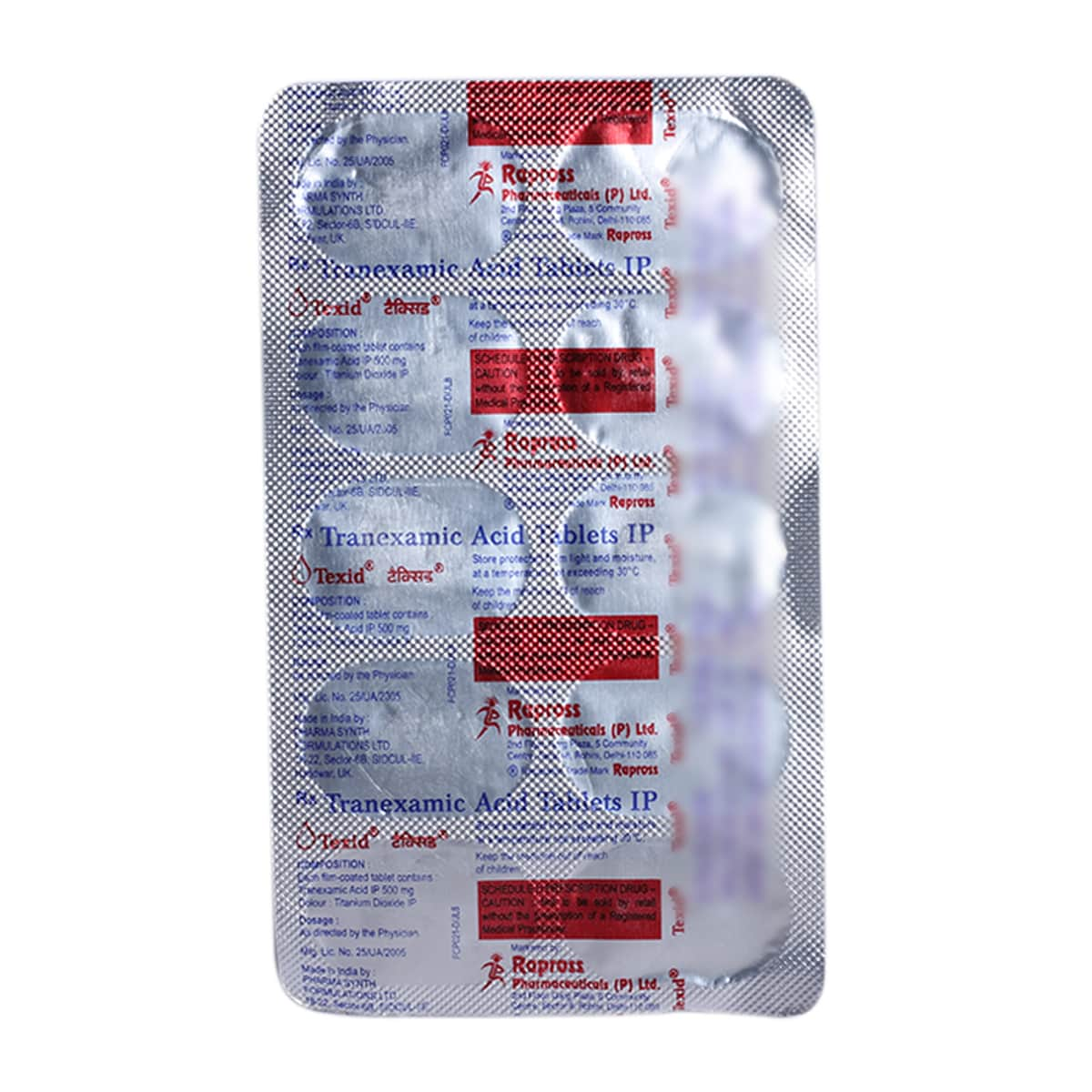
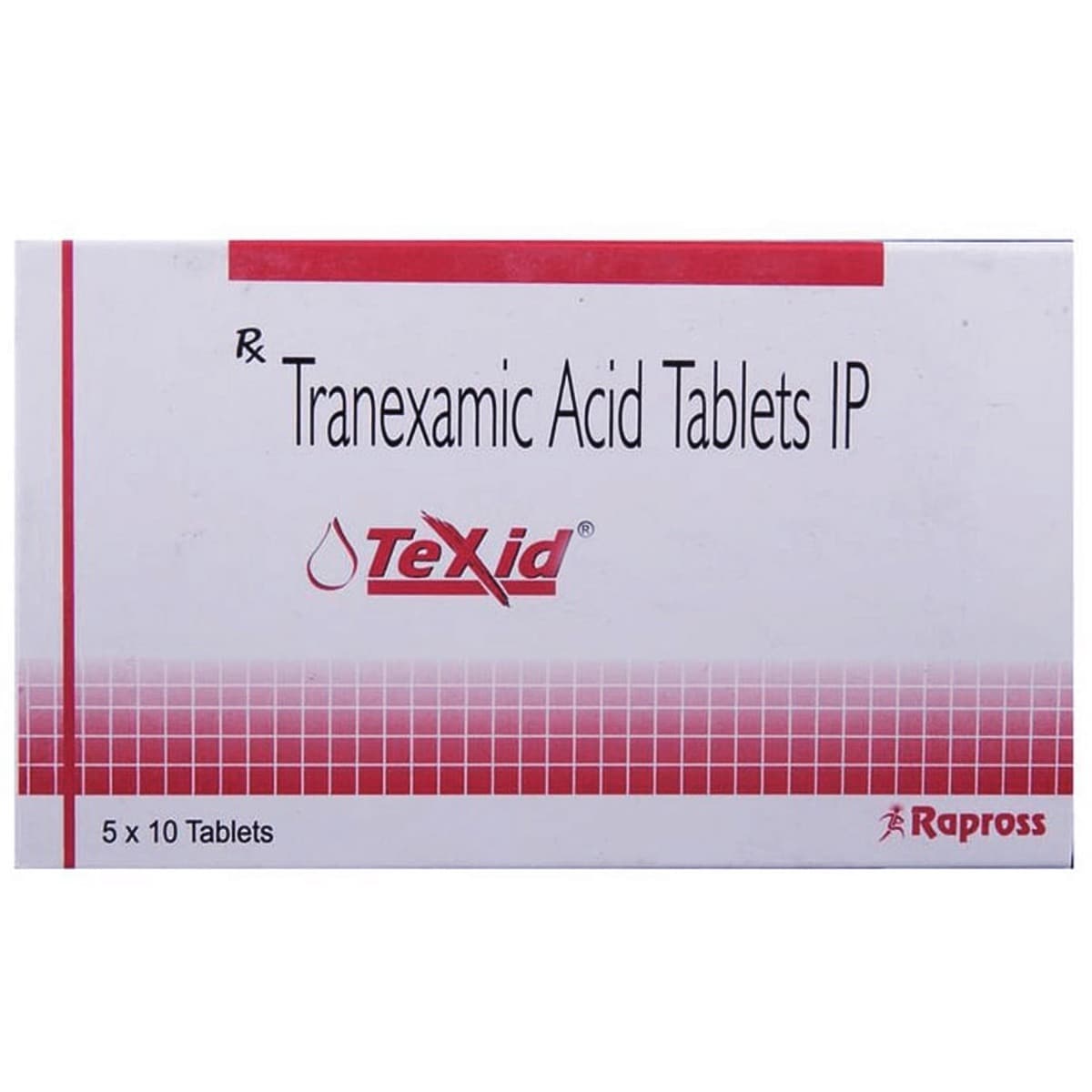
MRP ₹180
(Inclusive of all Taxes)
₹27.0 Cashback (15%)
know your delivery time
Provide Delivery Location
Composition :
Manufacturer/Marketer :
Consume Type :
Expires on or after :
Return Policy :

Secure Payment

Trusted by 8 Crore Indians

Genuine Products
Therapeutic Class
Country of origin
Manufacturer/Marketer address
Disclaimer
Alcohol
Safe if prescribed
Texid Tablet may not interact with alcohol. However, avoid the consumption of alcohol as it may worsen your health condition.
Pregnancy
Consult your doctor
Texid Tablet is a category B medicine and may not cause toxic effects to the fetus. However, it should be used in pregnant women only when prescribed by a doctor. Your doctor will administer it only if the benefits overweigh the risk.
Breast Feeding
Consult your doctor
Texid Tablet should be used in breastfeeding mothers only if prescribed by a doctor. Your doctor will administer it only if the benefits overweigh the risk.
Driving
Safe if prescribed
The oral for of tranexamic acid may cause dizziness. Hence it is advised to avoid driving or operating machines for some period after receiving Texid Tablet .
Liver
Consult your doctor
Texid Tablet should be used with caution in patients with liver diseases. Your doctor may suggest for a dose adjustment if needed based on your health condition.
Kidney
Consult your doctor
Texid Tablet should be used with caution in patients with kidney diseases. Your doctor may suggest for a dose adjustment if needed based on your health condition.
Children
Safe if prescribed
Texid Tablet should be used in children below 12 years of age only if clinically needed. Dose adjustments are done by the child specialist.
Product Substitutes
About Texid Tablet
Texid Tablet belongs to the class of medications called ‘anti-fibrinolytic drugs’ used to treat abnormal or unwanted bleeding. It is used to control bleeding in conditions such as heavy periods (menorrhagia), nose bleeds (epistaxis), cervical surgery (conization of the cervix), prostate surgery (post-prostatectomy), bladder surgery (post-cystectomy), bleeding inside the eye (traumatic hyphaema) and a hereditary disease called angioneurotic edema (HANO). The solution form of this medicine is used before tooth removal (dental extraction) in hemophiliacs (people who bleed more easily than normal).
Texid Tablet contains ‘tranexamic acid’, which belongs to the class of ‘anti-fibrinolytic agents’. It is generally used for short-term treatment of bleeding. It acts by regulating the breakdown of blood clots. It blocks the release and action of plasmin which is an enzyme essential for the breakdown of clots present in the blood. This effect helps to slow down the bleeding.
Texid Tablet should be taken as advised by your physician. The dose and duration of the medicine will be decided by your doctor based on your health condition. Texid Tablet may not cause any side effects when used orally. However, some patients may experience certain side effects, such as feeling sick (nausea), diarrhea, and itchy skin. These side effects usually go away on their own. If you develop any other serious side effects, such as vision problems while using Texid Tablet , consult your doctor immediately.
Texid Tablet should be avoided if you are allergic to it or any other ingredients present in it. Do not take this medicine if you have a history of kidney disease, thrombosis (formation of blood clots in the blood vessels), disseminated intravascular coagulation (a disease where blood clots form throughout your body) , and seizures (fits). Inform your doctor if you are taking birth control pills or fibrinolytic agents (medicines that dissolve blood clots). Also, inform your doctor if you are pregnant, planning to become pregnant or breastfeeding.
Uses of Texid Tablet
Medicinal Benefits Mweb
Key Benefits
Texid Tablet contains ‘tranexamic acid’, which belongs to the class of ‘anti-fibrinolytic agents’. It acts by regulating the breakdown of blood clots in the body. It blocks the release and action of plasmin, an enzyme essential for the breakdown of clots in the blood. This effect helps to slow down abnormal bleeding.
Directions for Use
Side Effects of Texid Tablet
- Nausea
- Diarrhea
- Itchy skin
- Pain at the injection site
- Vision problems
- Vomiting
Drug Warnings
Before taking Texid Tablet , inform your doctor if you notice blood in your urine (except during periods), or have a history of uncontrollable bleeding, disseminated intravascular coagulation (DIC) (a disease where blood clots form throughout your body), irregular periods, and kidney disease. Also, inform your doctor if you or your family has a history of thrombosis (formation of blood clots in the blood vessels). Let your doctor know if you are taking medicine to treat a hereditary disease called angioneurotic edema (HANO) every day for a long time. Your doctor may advise regular eye tests and blood tests to check your vision problems and also liver/kidney functioning. Inform your doctor if you are using birth control pills, including the patch, vaginal ring, and an intrauterine device (IUD), as there is a risk of deep vein thrombosis (a condition in which a blood clot is formed in the deeper vein, mostly the legs). Inform your doctor if you are using fibrinolytic agents (drugs that break blood clots) such as streptokinase, as they may stop the effect of Texid Tablet . Inform your doctor if you are pregnant, planning to become pregnant or breastfeeding.
Drug-Drug Interactions
Drug-Drug Interactions
Login/Sign Up
Taking drospirenone with Texid Tablet may increase the risk of blood clot formation.
How to manage the interaction:
Taking Texid Tablet with Drospirenone is not recommended, as it can lead to an interaction but can be taken if prescribed by the doctor. However, If you suffer from chest discomfort, shortness of breath, blood in the urine, blood in the cough, sudden loss of vision, and pain, redness, or swelling in your arm or leg, consult your doctor immediately.
Taking Levonorgestrel with Texid Tablet may increase the risk of blood clot formation which can lead to serious conditions such as heart problems and kidney failure.
How to manage the interaction:
Taking Texid Tablet with Levonorgestrel may leads to an interaction but can be taken if prescribed by the doctor. However, if you experience chest pain; shortness of breath; coughing up blood; blood in the urine; sudden loss of vision; and pain, redness, or swelling in your arm or leg, consult the doctor immediately. Do not stop using any medications without talking to a doctor.
Taking Ethinylestradiol with Texid Tablet may increase the risk of blood clot formation.
How to manage the interaction:
Taking Ethinylestradiol with Texid Tablet is not recommended, as it can lead to an interaction, but can be taken if a doctor has prescribed it. However, if you suffer from chest discomfort, shortness of breath, blood in the urine, blood in the cough, sudden loss of vision, and pain, redness, or swelling in your arm or leg, consult doctor immediately. Do not stop using any medications without talking to a doctor.
Taking Medroxyprogesterone acetate with Texid Tablet may increase the risk of blood clots.
How to manage the interaction:
Taking Medroxyprogesterone with Texid Tablet is not recommended but can be taken if prescribed by a doctor. Consult your doctor immediately if you experience symptoms such as chest pain, shortness of breath, coughing up blood, blood in the urine, sudden loss of vision, and pain, redness, or swelling in your arm or leg. Do not stop using any medications without talking to your doctor.
Co-administration of Texid Tablet may cause blood clotting when taken with Etonogestrel.
How to manage the interaction:
Taking Texid Tablet with Etonogestrel is not recommended, as it can lead to an interaction but can be taken if prescribed by the doctor. However, If you suffer from chest discomfort, shortness of breath, blood in the urine, blood in the cough, sudden loss of vision, and pain, redness, or swelling in your arm or leg, consult your doctor immediately.
Using Texid Tablet together with norethindrone may increase the risk of blood clots.
How to manage the interaction:
Taking norethisterone with Texid Tablet can lead to an interaction, however, it can be taken only if a doctor has advised it. If you experience symptoms such as chest pain, shortness of breath, coughing up blood, blood in the urine, sudden loss of vision, and pain, redness, or swelling in your arm or leg, contact a doctor immediately .Do not discontinue any medications without consulting a doctor.
Co-administration of Carfilzomib with Texid Tablet can increase the risk of blood clots.
How to manage the interaction:
Taking carfilzomib with Texid Tablet is not recommended due to its increased effects, however, it can be taken only if a doctor has advised it. If you experience symptoms such as chest pain, shortness of breath, difficulty breathing, coughing up blood, sudden loss of vision, pain, and numbness or weakness on one side of the body contact a doctor immediately. Do not discontinue any medications without consulting a doctor.
Co-administration of Estramustine with Texid Tablet can increase the risk of blood clots.
How to manage the interaction:
Taking Estramustine with Texid Tablet possibly lead to an interaction, however, it can be taken only if a doctor has advised it. If you experience symptoms such as chest pain, shortness of breath, difficulty breathing, coughing up blood, sudden loss of vision, pain, and numbness or weakness on one side of the body contact a doctor immediately. Do not discontinue any medications without consulting a doctor.
Co-administration of tamoxifen with Texid Tablet can increase the risk of blood clots.
How to manage the interaction:
Although taking tamoxifen and Texid Tablet together can possibly result in an interaction, it can be taken if your doctor has prescribed it. However, consult the doctor immediately if you experience symptoms such as chest pain, shortness of breath, difficulty breathing, coughing up blood, sudden loss of vision, pain, redness or swelling in an arm or leg, and numbness or weakness on one side of the body. Do not discontinue any medications without consulting a doctor.
Co-administration of tretinoin with Texid Tablet may increase the risk of blood clots.
How to manage the interaction:
Taking tretinoin with Texid Tablet is not recommended due to its increased effects, however, it can be taken only if your doctor has advised it. If you experience symptoms such as chest pain, difficulty breathing, coughing up blood, sudden loss of vision, pain, and numbness or weakness on one side of the body contact a doctor immediately. Do not discontinue any medications without consulting a doctor.
Drug-Food Interactions
Drug-Food Interactions
Login/Sign Up
Drug-Diseases Interactions
Drug-Diseases Interactions
Login/Sign Up
Drug-Drug Interactions Checker List
- CHLORPROMAZINE
- TRETINOIN
- STREPTOKINASE
- UROKINASE
- ALTEPLASE
- RETEPLASE
- LEVONORGESTREL
Habit Forming
Special Advise
- Your doctor may suggest regular eye check-ups while taking Texid Tablet .
- Increased risk of blood clot formation when co-administered with a combination oral contraceptive. Consult your doctor before taking any medication.
Diet & Lifestyle Advise
- Ask your doctor about the preferred exercises to do based on your health condition.
- Stay hydrated and consume plenty of fluids. Fluids are necessary to maintain blood flow in your body.
- Consume fresh fruits and vegetables. Consult a dietitian and prepare a diet plan. Eating healthy can help you to recover faster.
All Substitutes & Brand Comparisons
RX
Texakind Tablet 10's
Mankind Pharma Pvt Ltd
₹156
(₹14.04 per unit)
13% CHEAPERRX
Tyrodin-FSR Tablet 10's
Canixa Life Sciences Pvt Ltd
₹176
(₹15.84 per unit)
2% CHEAPERRX
Tranesma SR 500 Tablet 10's
Akumentis Healthcare Ltd
₹181.5
(₹16.34 per unit)
Buy best Vascular System products by
Emcure Pharmaceuticals Ltd
Intas Pharmaceuticals Ltd
Lupin Ltd
Ozone Pharmaceuticals Ltd
Sun Pharmaceutical Industries Ltd
Cipla Ltd
Leeford Healthcare Ltd
Mercury Laboratories Ltd
Torrent Pharmaceuticals Ltd
FDC Ltd
Macleods Pharmaceuticals Ltd
Akumentis Healthcare Ltd
Dr Reddy's Laboratories Ltd
Indoco Remedies Ltd
Mankind Pharma Pvt Ltd
Oaknet Healthcare Pvt Ltd
Reliance Formulation Pvt Ltd
Samarth Life Sciences Pvt Ltd
Walter Bushnell
Wanbury Ltd
Abbott India Ltd
Eris Life Sciences Ltd
Galcare Pharmaceuticals Pvt Ltd
Juggat Pharma Ltd
Knoll Pharmaceuticals Ltd
Kontest Pharmaceuticals
Saf Fermion Ltd
Serdia Pharmaceuticals India Pvt Ltd
Systopic Laboratories Pvt Ltd
Themis Chemicals Ltd
Akcent Healthcare India Pvt Ltd
Alembic Pharmaceuticals Ltd
Amelia Healthcare Pvt Ltd
Canixa Life Sciences Pvt Ltd
East West Pharma India Pvt Ltd
German Remedies Ltd
Glenmark Pharmaceuticals Ltd
Ipca Laboratories Ltd
La Pristine Bioceuticals Pvt Ltd
Morepen Laboratories Ltd
Nexgen Rx Life Science Pvt Ltd
Pfizer Ltd
Rapross Pharmaceuticals Pvt Ltd
Sumac Pharma Pvt Ltd
Theia Health Care Pvt Ltd
Themis Medicare Ltd
Themis Pharmaceutical Ltd
4Care Lifesciences Pvt Ltd
Aar Ess Remedies Pvt Ltd
Aarux Pharmaceuticals Pvt Ltd
Alna Biotech Pvt Ltd
Aphia Healthcare
Aristo Pharmaceuticals Pvt Ltd
Baxter India Pvt Ltd
Bennet Pharmaceuticals Ltd
Bharat Serums and Vaccines Ltd
Biosys Pharmaceuticals Ltd
Bros Enterprises Ltd
Celebrity Biopharma Ltd
Chemo Healthcare Pvt Ltd
Cibeles Pharmaceuticals Pvt Ltd
Comed Chemicals Ltd
Conatus Healthcare Pvt Ltd
Cresha Lifesciences
Cute Care Life Sciences Pvt Ltd
Elbrit Life Sciences Pvt Ltd
Euro Biogenics
Icon Life Sciences
J B Chemicals & Pharmaceuticals Ltd
Kee Pharma Ltd
Kemiq Lifesciences Pvt Ltd
Kivi Labs Ltd
Lincoln Pharmaceuticals Ltd
Medchronic Health Care
Medgen Drugs And Laboratories Pvt Ltd
Megma Healthcare Pvt Ltd
Novartis India Ltd
Olcare Laboratories Pvt Ltd
Ornate Labs Pvt Ltd
Q Check Pharmaceuticals
Saan Labs
Stadmed Pvt Ltd
Std Pharmaceuticals Pvt Ltd
Zydus Cadila
3G Life Sciences
Accent Pharmaceuticals & Diagnostics
Adroit Biomed Ltd
Aishwarya Healthcare
Ajanta Pharma Ltd
Akesiss Pharma Pvt Ltd
Albert David Ltd
Algen Healthcare Ltd
Amazone Pharmaceuticals Pvt Ltd
Amstel Pharma Pvt Ltd
Anhox Healthcare Pvt Ltd
Apios Lifesciences Pvt Ltd
Args India Pharma Pvt Ltd
Ark Life Science Pvt Ltd
Arvincare
Aztomax Biotech
Frequently Bought Together
Customers Also Bought

